|
Hot Fall Walleye Patterns
By
Rick Olson
Productive walleye patterns come and go and if you don ’t
make the right moves at the right time you can get left in the dust, and
that’s no place you
want to be. By the time most anglers hear about a hot bite the good times
have already come and gone and all that’s
left is a few scraps, if they’re
lucky. The sharp ones seem to always get there ahead of the crowds, and in
doing so are in the right place at the right time more often than most.
Coming in on the tail end of a hot pattern very seldom results in
satisfactory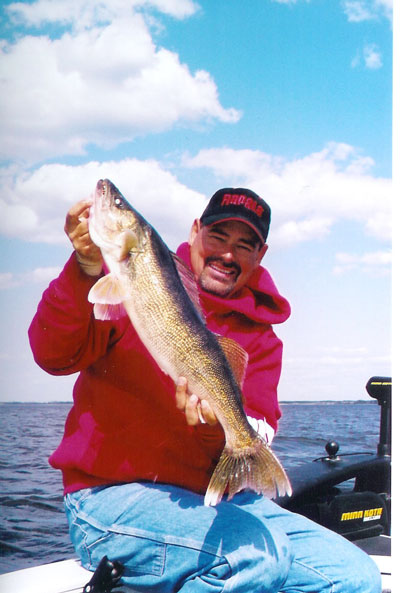 results. More often that not you
results. More often that not you ’re
left with trying to scratch one out here and one there, and is a tough way
to put together a solid catch. It can still be done but the odds just aren’t
there and you may be better served by looking ahead for the next likely
pattern to set up and see if you can get in the action a whole lot earlier.
As productive patterns set up it usually doesn ’t
take long for word to get out and the hordes are soon to follow and the
window of opportunity may quickly slam shut. They’ll
have some fun for a while but all that pressure will likely slow things down
(way down ), and the easy pickings are soon gone. With a basic understanding
of seasonal movements and patterns you can stay ahead of the crowds, and
take advantage of peak situations when they occur. Basic movements include a
shallow to deep to shallow movement and covers the spring to summer to fall
periods. While specific situations can vary, these movements occur on many
of our natural and manmade lakes and even rivers to a certain extent.
With the end of the late summer period and the beginning of early fall,
the stage is set for a deep to shallow movement. Walleyes do what they do
for a reason, and the reason is filling their bellies with as much as they
can as easy as they can, and exactly why they make that move for shallow
water.
The shallows are where young of the year baitfish begin their life cycle
and where they hideout and develop while gaining weight and size. By late
summer most will have developed to a size that hungry eyes find appealing
and when they become extremely popular with big schools of foraging
walleyes.
In natural lakes look for the mouths of shallow bays to hold good numbers
of fish, as well as rocky bars and reefs, and even weed flats, depending on
what ’s available.
Weeds can hold massive schools of minnows and immature perch as all of the
greenery plays the part of nursery for most of the spring and summer. But by
late summer and early fall some of those weeds will start to lay down and
die leaving a lot of that bait in a rather precarious position. Walleyes
will move up to and into a weed flat and take advantage of the situation.
Rock piles provide nooks and crannies for bait to hide out, and can also
hold thousands of immature crayfish that perch will key on, which in turn
will draw in old marble eyes.
In big reservoirs one of the early fall hotspots occurs in the back of
creek arms in necked down areas where bridges and their accompanying
abutments funnel current and fish . Walleyes will hole up in said area and
wait for big schools of bait like perch and white bass to be delivered to
them. Where you fish will determine just exactly how you fish and the
methods used can vary greatly and may include jigging, rigging, cranks and
spinners.
Working shallow rocks may require light lining a 1/16oz jig like a Blue
Fox Foxee Jig tipped with a small leech, piece of crawler, or a minnow. Or
you might try anchoring upwind and letting a jig tipped with live bait
suspended below a slip bobber drift back over the tops of the rocks,
especially if there are too many snags. Another highly effective method
involves casting a small crank bait like a #5 or #7 Shad Rap and working it
back through the rocks, allowing the bait to occasionally bang into the
bottom.
If you have enough rocks to cover you may even try trolling the same
sized Shad Raps over the available cover and run down the active fish. To
work a weed flat you may want to get on the deep edge and drag a spinner and
crawler combination behind a bottom bouncer. If the weeds are sparse enough
you might elect to get right into the middle of it all and try the jig and
minnow combination.
Another consideration when working shallow cover is wind, and it would be
a good idea to use it to your advantage. Heavy wind and waves can create
current, current that can flush bait fish out of shallow hiding areas and
into harms way. Waves pounding into shallow cover is a situation that
walleyes instinctively know puts the odds in their favor as it creates an
ideal feeding opportunity and walleyes will never ever be far away. A hard
wind pounding into shallow cover for a couple of days can create the most
intense action and something you don ’t
want to miss out on.
Unfortunately there is no cut and dried method that will work in every
situation so it would be a good idea to be prepared to do it all. The last
thing you want to do is beat the crowds, be there when you should be there,
and not be able to get the job done.
|
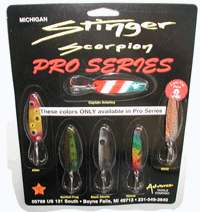
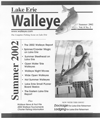

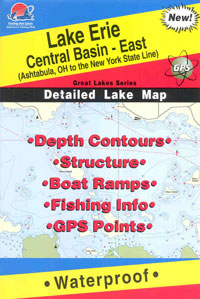
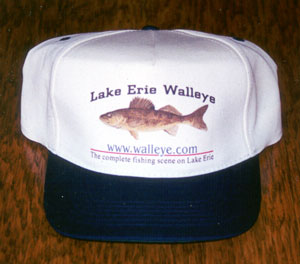
 results. More often that not you
results. More often that not you